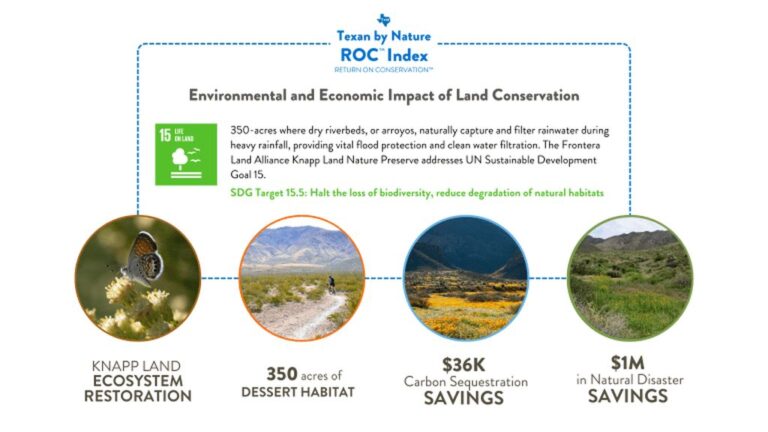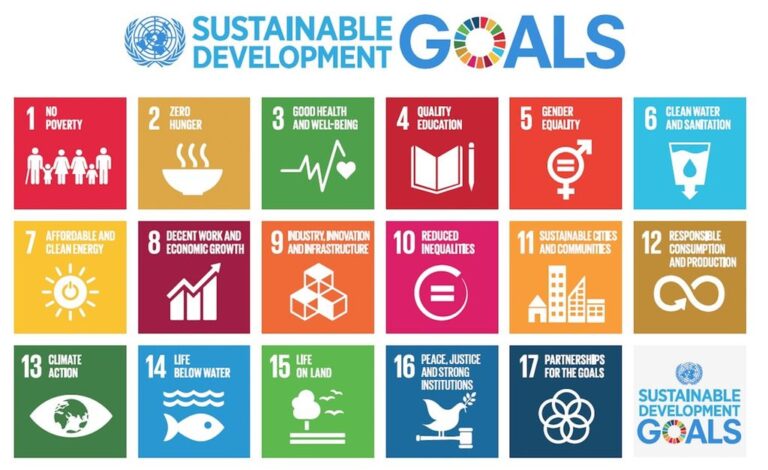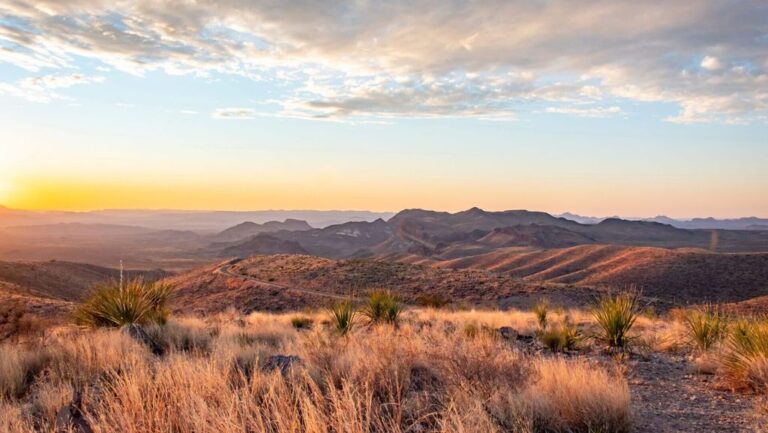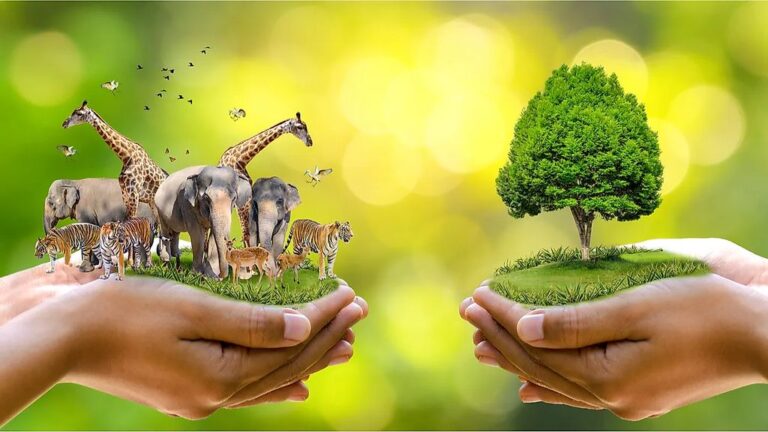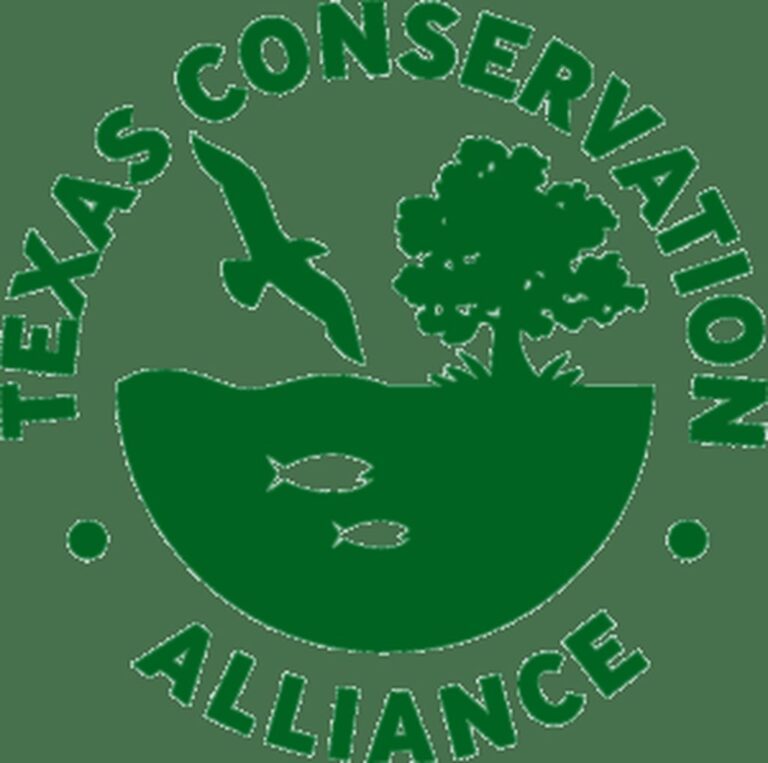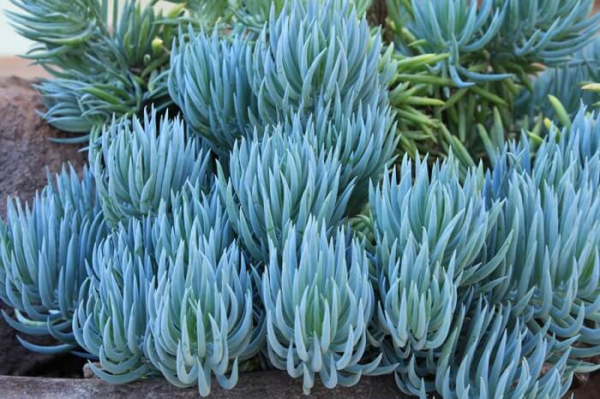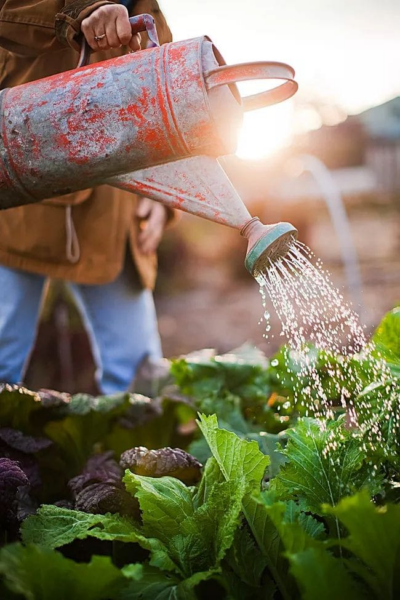The Role of Conservation Organizations in Texas’s Environmental Preservation
Introduction
Texas, with its sprawling landscapes and diverse ecosystems, is a state of extraordinary natural beauty. From the rolling plains and dense forests to wetlands and coastal regions, Texas is home to unique habitats and thousands of plant and animal species. However, environmental pressures such as urbanization, industrial activities, and climate change pose significant challenges to its ecological balance.
Conservation organizations in Texas have risen to meet these challenges, working tirelessly to preserve the state’s natural heritage. These organizations play a critical role in protecting endangered species, restoring ecosystems, and fostering sustainable practices. This article provides a comprehensive look at the role of conservation organizations in Texas’s environmental preservation, their initiatives, the challenges they face, and how their efforts benefit both nature and local communities.
1. Why Conservation is Essential in Texas
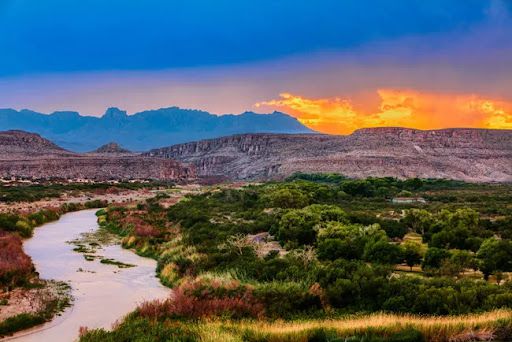
1.1 The Unique Ecology of Texas
Texas is the second-largest state in the United States, encompassing a wide variety of ecosystems:
- Coastal Wetlands: Vital for migratory birds, fisheries, and storm protection.
- Hill Country: Known for its rolling hills, springs, and limestone caves.
- Big Bend Region: A desert ecosystem rich in biodiversity, home to species like the black bear and mountain lion.
- Gulf of Mexico Coastline: Supports marine life, including endangered sea turtles and coral reefs.
This diversity makes Texas a biodiversity hotspot, but it also means that any threats to these habitats have far-reaching consequences for wildlife, local economies, and public health.
1.2 Environmental Threats in Texas
Several challenges underscore the urgency of conservation efforts:
- Habitat Loss: Urban sprawl and agricultural expansion have significantly reduced natural habitats.
- Water Scarcity: Overuse of water resources and prolonged droughts threaten ecosystems and communities alike.
- Pollution: Industrial runoff and oil spills degrade soil, water, and air quality.
- Climate Change: Rising temperatures, more severe weather patterns, and sea-level rise impact ecosystems and species survival.
Without active conservation efforts, these issues could lead to irreversible damage, including the extinction of native species, degradation of natural resources, and economic instability.
2. Key Conservation Organizations in Texas
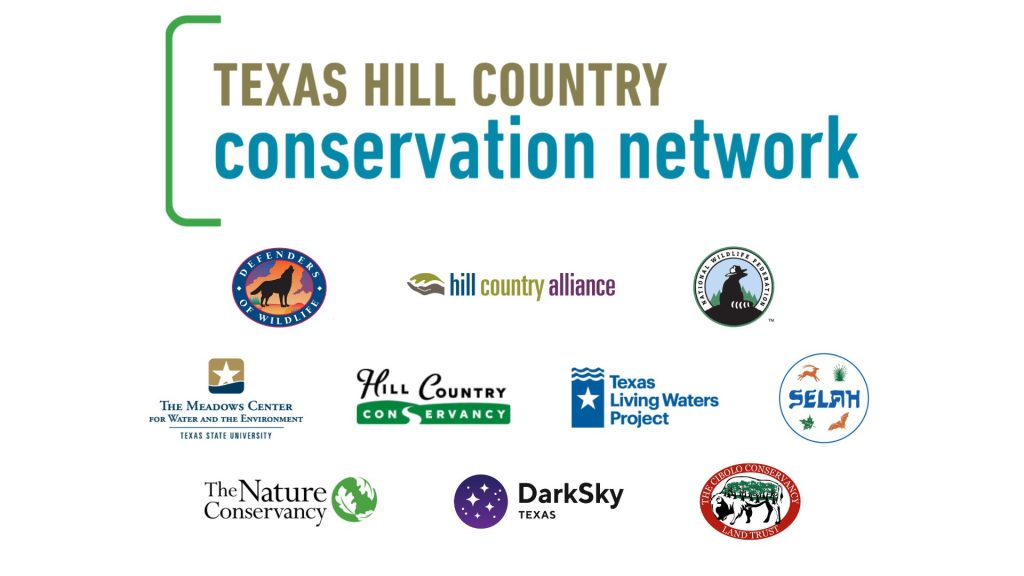
Numerous organizations, both large and small, are working across Texas to address these challenges. These groups collaborate with local communities, government agencies, and private stakeholders to protect the environment.
2.1 Texas Parks and Wildlife Department (TPWD)
The Texas Parks and Wildlife Department is one of the leading governmental agencies responsible for conserving and managing Texas’s natural resources.
Major Contributions:
- Wildlife Conservation: Protects endangered species like the whooping crane and Kemp’s ridley sea turtle through habitat management and restoration.
- State Parks: Manages over 90 state parks, offering recreational opportunities while safeguarding natural habitats.
- Public Awareness: Conducts workshops, school programs, and guided tours to educate Texans about the importance of conservation.
TPWD’s extensive reach and resources make it a cornerstone of environmental preservation in the state.
2.2 The Nature Conservancy (TNC) – Texas Chapter
The Nature Conservancy operates globally but has a strong presence in Texas. Its mission focuses on science-driven solutions to complex environmental problems.
Key Initiatives:
- Land Conservation: Protects millions of acres of grasslands, forests, and coastal areas through land acquisition and stewardship.
- Sustainable Water Management: Works to secure freshwater resources by protecting aquifers and promoting water reuse.
- Climate Action: Implements projects like reforestation and wetland restoration to mitigate climate change impacts.
TNC’s ability to leverage scientific research ensures effective and lasting conservation outcomes.
2.3 Audubon Texas
Audubon Texas specializes in bird conservation and ecosystem protection, recognizing the interconnectedness of species and habitats.
Key Programs:
- Coastal Conservation: Safeguards habitats along the Gulf Coast, crucial for migratory birds and other wildlife.
- Urban Bird-Friendly Initiatives: Encourages cities to adopt policies that create safe environments for bird populations.
- Education and Advocacy: Inspires Texans of all ages to take part in bird conservation efforts.
Audubon Texas plays a vital role in protecting biodiversity and fostering public engagement with nature.
2.4 Sierra Club – Lone Star Chapter
The Sierra Club is an advocacy-driven organization focused on promoting sustainable policies and empowering communities to participate in conservation efforts.
Core Activities:
- Renewable Energy Advocacy: Campaigns for the expansion of wind and solar energy to reduce reliance on fossil fuels.
- Public Lands Protection: Opposes projects that threaten the integrity of Texas’s natural landscapes.
- Grassroots Mobilization: Engages local volunteers in conservation campaigns and restoration projects.
The Sierra Club combines policy advocacy with community action, making it a powerful force for environmental change.
2.5 Local and Regional Grassroots Organizations
Smaller organizations play an equally critical role in addressing region-specific challenges. Examples include:
- GreenSpaces Alliance of South Texas: Focuses on urban conservation and community gardening.
- Hill Country Conservancy: Preserves open spaces and watersheds in Central Texas.
- Texas Land Trust Council: Coordinates efforts among land trusts to protect private lands from development.
These grassroots initiatives complement the work of larger organizations, ensuring that no area is overlooked.
3. Conservation Efforts and Their Impact
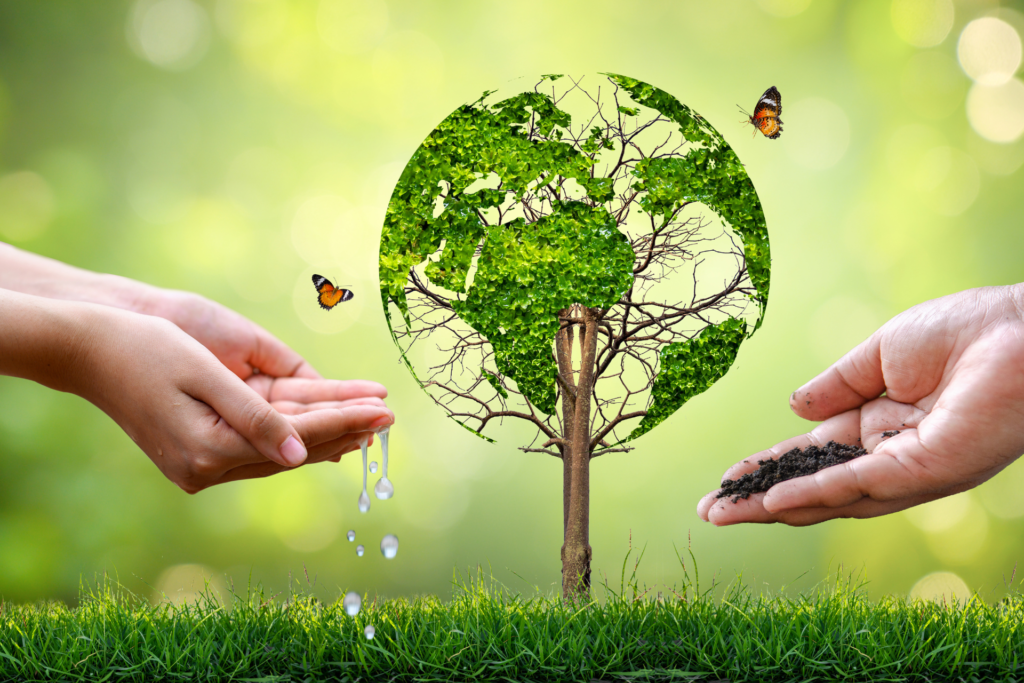
Conservation organizations in Texas have made remarkable strides in various areas, contributing to ecological health and community well-being.
3.1 Habitat Restoration
- Acres Restored: Thousands of acres of prairies, wetlands, and forests have been rehabilitated, creating safe havens for wildlife.
- Improved Biodiversity: Restoration projects have helped revive populations of endangered species and reintroduce native plants.
3.2 Water Resource Management
- Aquifer Protection: Initiatives like rainwater harvesting and reduced groundwater pumping help ensure sustainable water supplies.
- Cleaner Waterways: Organizations work to remove pollutants and improve water quality in rivers and bays.
3.3 Community Engagement
- Volunteerism: Cleanup events, tree planting drives, and educational workshops mobilize thousands of Texans each year.
- Public Awareness: Campaigns like “Don’t Mess with Texas” foster a culture of environmental responsibility.
3.4 Economic Benefits
- Eco-Tourism: State parks and nature preserves attract millions of visitors annually, boosting local economies.
- Job Creation: Renewable energy projects and conservation initiatives generate employment opportunities.
4. Challenges Facing Conservation Organizations
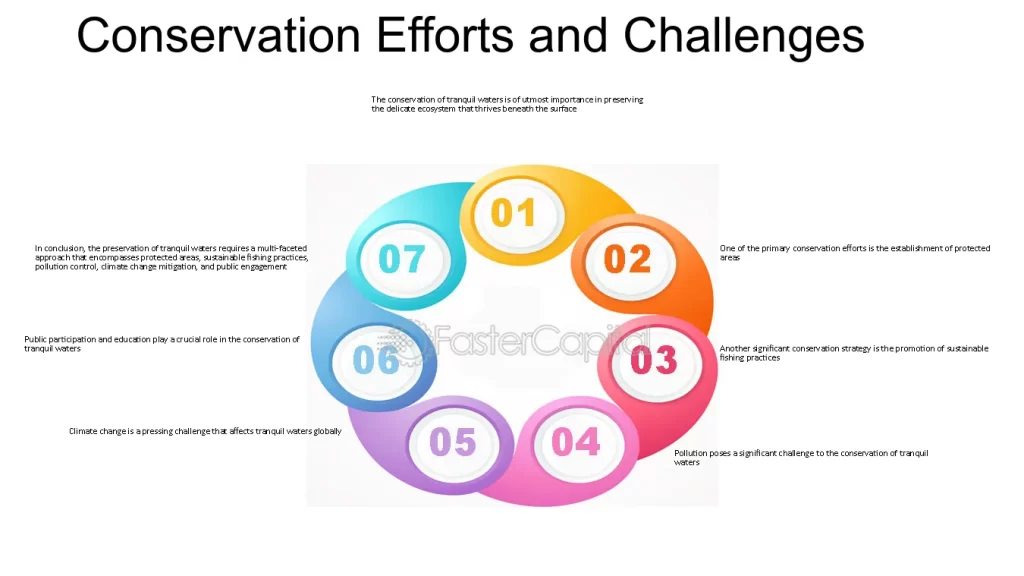
While their contributions are invaluable, conservation organizations in Texas face several challenges:
- Limited Funding: Many rely on donations and grants, which can fluctuate.
- Policy Hurdles: Weak enforcement of environmental laws and opposition from powerful industries can undermine efforts.
- Public Apathy: Engaging urban populations in conservation activities remains difficult.
5. How You Can Support Conservation Efforts
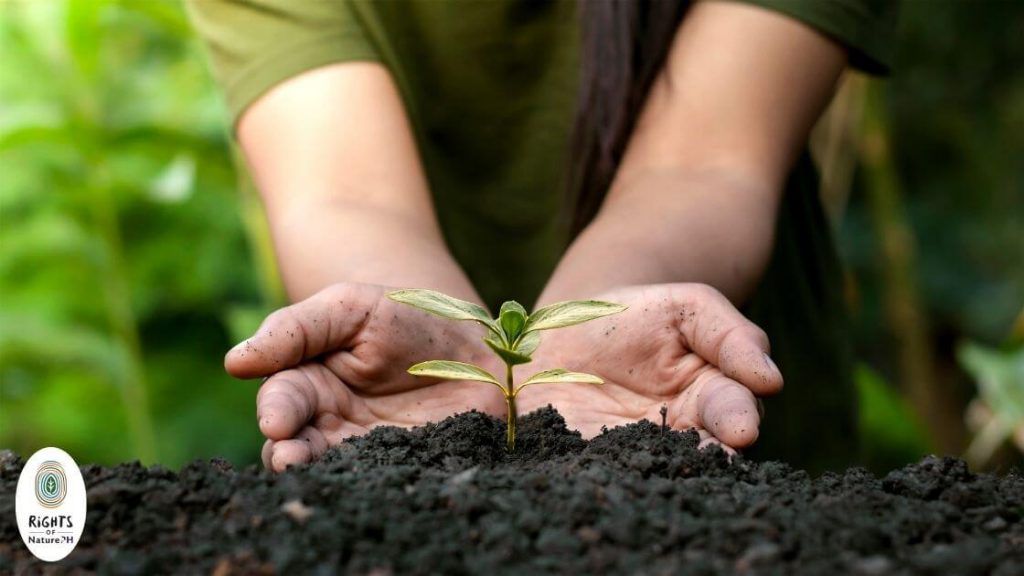
Every Texan has a role to play in protecting the environment. Here’s how you can help:
- Volunteer: Join cleanup drives, habitat restoration projects, or educational programs.
- Donate: Support organizations like TPWD, TNC, or Audubon Texas.
- Advocate: Encourage local leaders to prioritize sustainable policies.
- Educate Yourself: Learn about conservation issues and inspire others to act.
6. The Future of Conservation in Texas
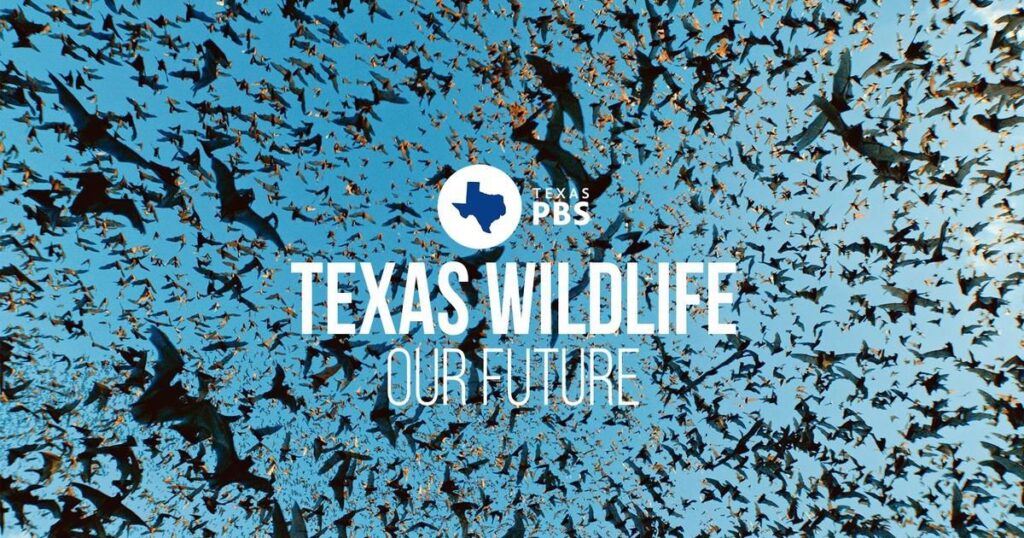
As environmental challenges grow, the role of conservation organizations will become even more critical. Advancements in technology, stronger community partnerships, and increased public awareness will be key to overcoming obstacles. By working together, Texans can ensure that their state’s natural beauty and resources are preserved for future generations.
Conclusion
Conservation organizations are the guardians of Texas’s environment, protecting its diverse ecosystems and promoting sustainable living. Through their efforts, they not only preserve the state’s natural heritage but also create healthier communities and stronger economies. However, their success depends on collective action from individuals, businesses, and policymakers.
Take Action Today: Whether by volunteering, donating, or spreading the word, your support can make a significant impact. Together, we can ensure that Texas remains a beacon of environmental preservation and resilience.
Frequently Asked Questions (Q&A)
Q1: What is the primary focus of conservation organizations in Texas?
A1: Conservation organizations in Texas focus on protecting the state’s diverse ecosystems, preserving wildlife habitats, restoring degraded lands, and addressing environmental challenges like water scarcity, pollution, and climate change. They also engage in public education and policy advocacy to promote sustainable practices.
Q2: How do conservation efforts benefit Texas communities?
A2: Conservation efforts benefit Texas communities by:
- Improving air and water quality.
- Protecting against flooding and drought through ecosystem restoration.
- Creating eco-tourism opportunities and jobs in sustainable industries.
- Providing recreational spaces like parks and preserves.
- Enhancing public health by reducing pollution and increasing green spaces.
Q3: Can individuals contribute to conservation efforts in Texas?
A3: Absolutely! Individuals can contribute by:
- Volunteering with local conservation organizations for cleanups or tree planting.
- Donating to support conservation initiatives.
- Advocating for sustainable policies at the local and state levels.
- Practicing eco-friendly habits, such as recycling and conserving water.
Q4: Are there specific programs focused on protecting endangered species in Texas?
A4: Yes, organizations like the Texas Parks and Wildlife Department and The Nature Conservancy run targeted programs to protect endangered species such as the whooping crane, ocelot, and Kemp’s ridley sea turtle. These initiatives include habitat restoration, breeding programs, and conservation research.
Q5: How do conservation organizations tackle climate change in Texas?
A5: Conservation organizations address climate change through:
- Advocating for renewable energy like wind and solar.
- Reforesting areas to sequester carbon.
- Restoring wetlands and prairies to act as natural buffers against extreme weather.
- Educating the public on reducing their carbon footprint and adopting sustainable lifestyles.

